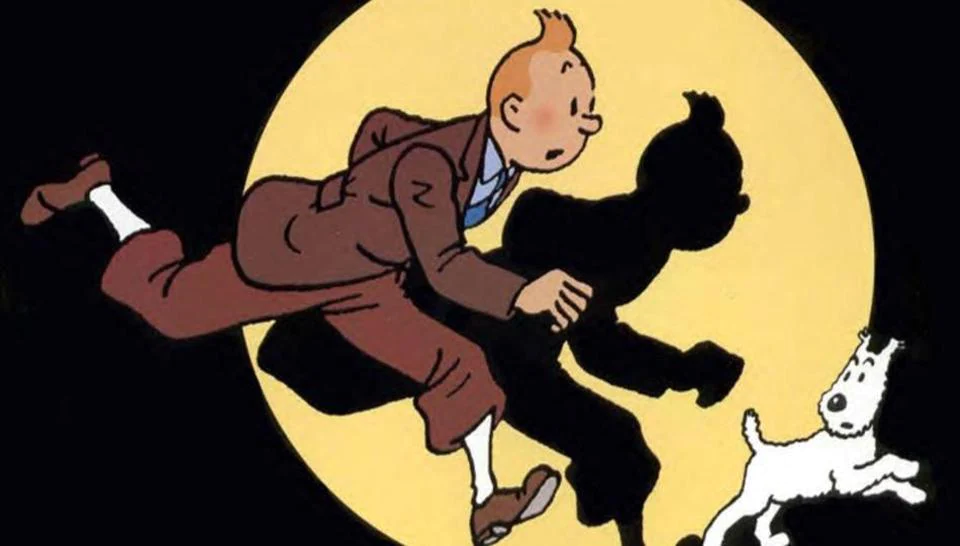
Tintin turns 94: The Russian adventure files of the world’s best-known boy reporter

Tintin, the best-known boy reporter, was introduced to the world in a cartoon strip on January 10, 1929. For over nine decades, the globetrotting star of 24 books by Belgian cartoonist Georges Remi, who wrote under the pseudonym of Hergé, has defied time, language and culture. His popularity has transcended his birthplace in Brussels and reached all corners of the world.
If you are a Tintintologist, who grew up on the inexhaustible adventures of the imaginary hero in the real world, you would know that Tintin started his journey of a lifetime by embarking on his first great adventure; in Tintin in the Land of the Soviets, he boards a train from Brussels to Moscow, flanked by his circumspect dog, Snowy, on January 10, 1929 — 44 years before Tintin and Alph-Art, the 24th volume in the series, was left tantalisingly unfinished upon Hergé’s death; the manuscript was posthumously published in 1986.
The first encounter
At the Brussels station, we meet a cloth-capped, tubbier, and shorter Tintin, a boy of indeterminate age with a floppy quiff, in black and white. His brogues are pronounced and concealed briefly by his overcoat. The bold check of his plus-four suit seems to be fairly dated. We are informed that Tintin’s newspaper, Le Petit Vingtième, which is always “eager to satisfy our readers and keep them up to date on foreign affairs,” is sending one of its ace reporters to the Soviet Russia, promising its readers to bring news of his many adventures each week.
Over the next five decades, Tintin’s cartoon adventures would be translated into more than 50 languages, capturing the imagination of tens of millions of children aged, according to the publisher, “from seven to 77.” Hergé, a brilliant draughtsman and storyteller, was a reporter manque, who followed current affairs avidly. As a boy in Brussels, he had witnessed the First World War and the German occupation of his city. As an adolescent, he had observed the discord that the harsh terms of the Treaty of Versailles had sown.
Also read: How Pinocchio, the long-nosed puppet boy, has journeyed across time
Tintin’s political orientation, at least in the first book, lies on the right. His paper was strict catholic which, in those turbulent years, meant anti-Bolshevik and, even, anti-Semitic. His political bent became the strip’s raison d’être in the initial years. Though Hergé ‘corrected’ himself from right to left, Tintin’s first outing is seen by many as primarily a piece of propaganda aimed at ‘exposing’ the evils of communism.
On his way to Russia and back, Tintin is dogged by assassins of all shades, who try to kill him, coming at him again and while he does his best to escape. In the end of his Soviet escapade, he makes it home to Brussels, unhurt. “Tintin’s Russian adventure is a breathless affair, hardly pausing for reflection. The helter-skelter police chases are as rapid and rollicking as those of the Keystone Cops in the cinema of the time,” writes Michael Farr, the British expert on the comic series in his illustrated guide to the beloved literary character, Tintin: The Complete Companion (2001), who compares the slapstick moments and the expressionist images in the first book with Buster Keaton’s The General. Hergé may also have been inspired by the expressionist films of the Viennese-born Fritz Lang in the 1920s; the melodramatic use of black and white lighting has a stunning cinematic quality.
The first Tintin book may be the least credible, but it remains the most fantastic. Its realistic detail was the precursor to the more mature work, featuring an evolved Tintin, pitted against ever more morally corrupt antagonists and placed in ever more tangled situations. It eventually became the hallmark of the series.


